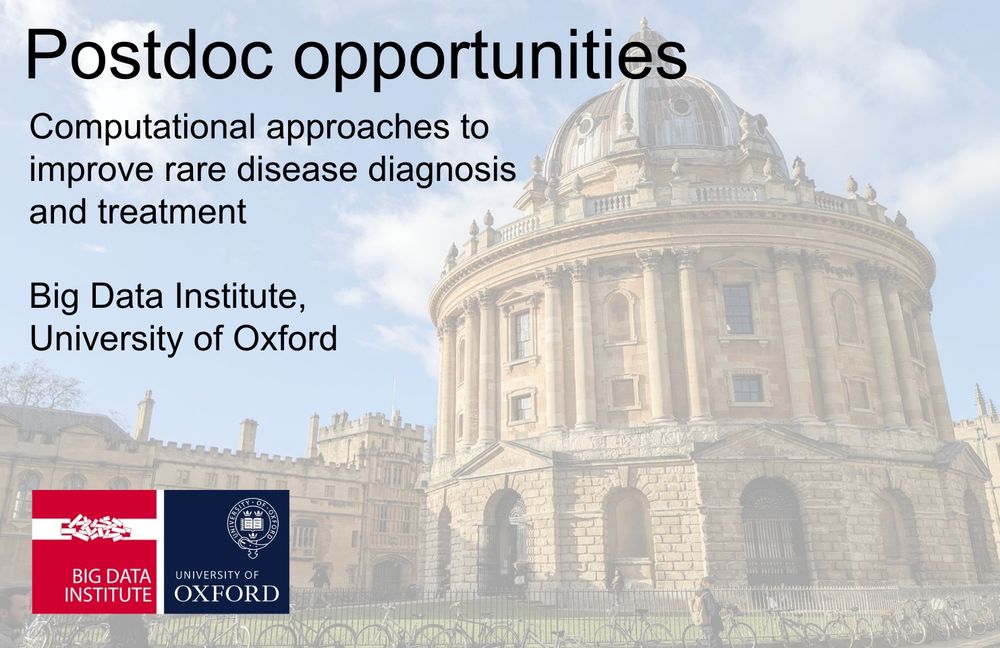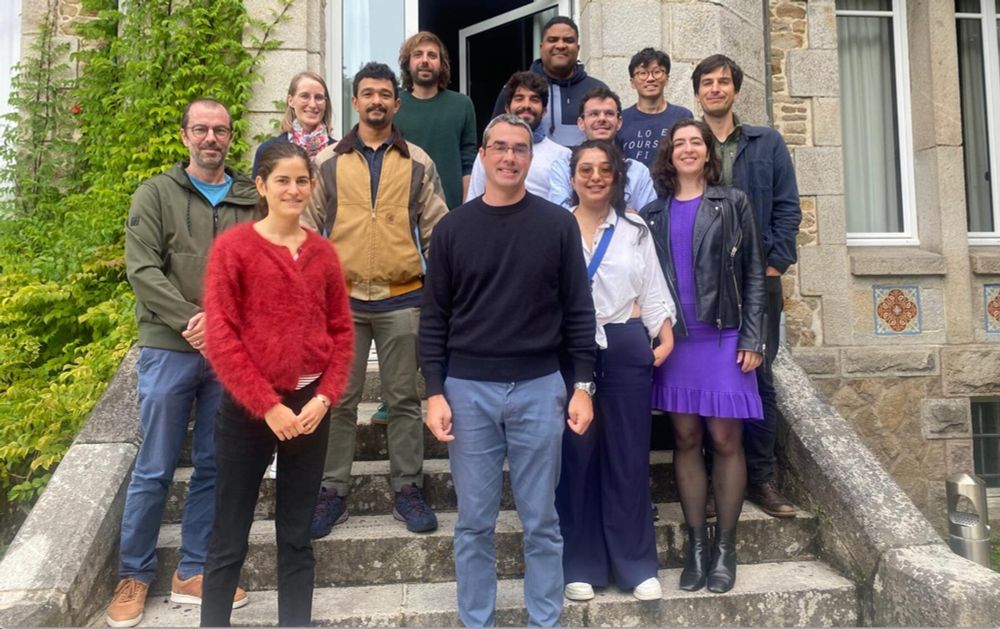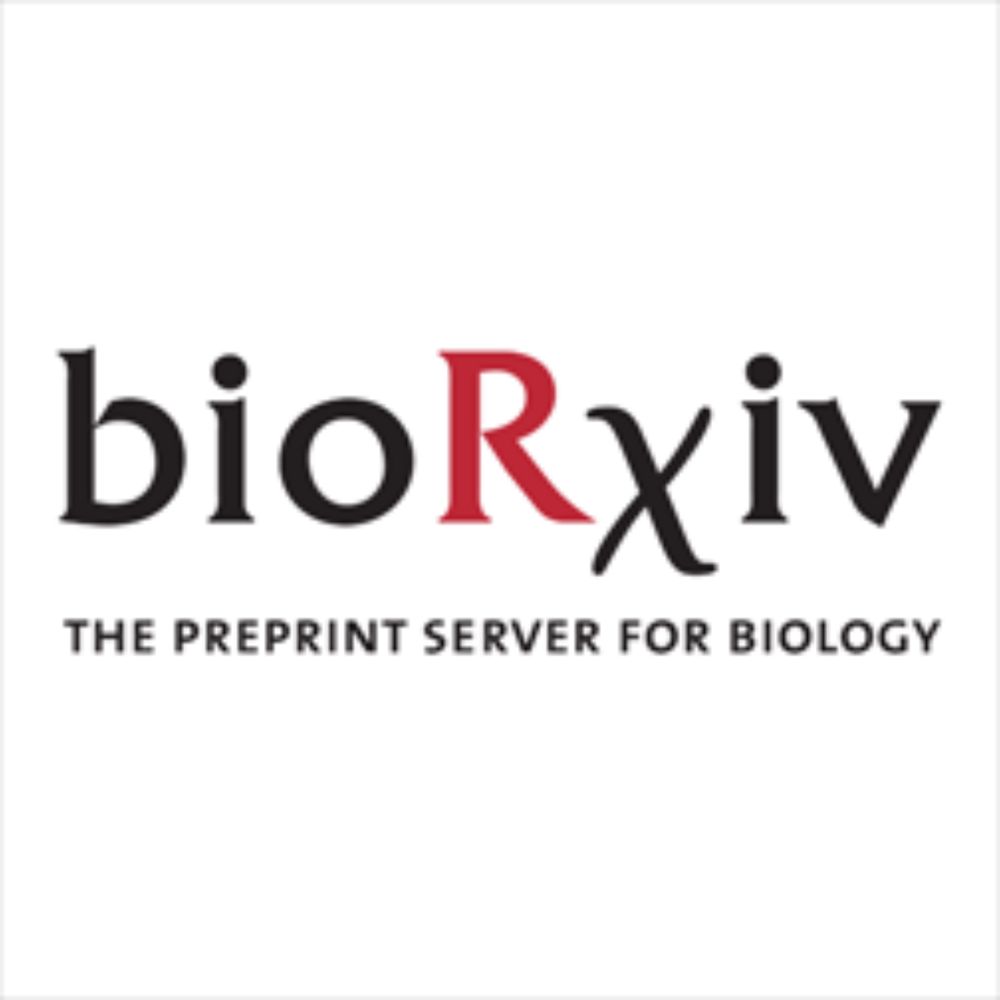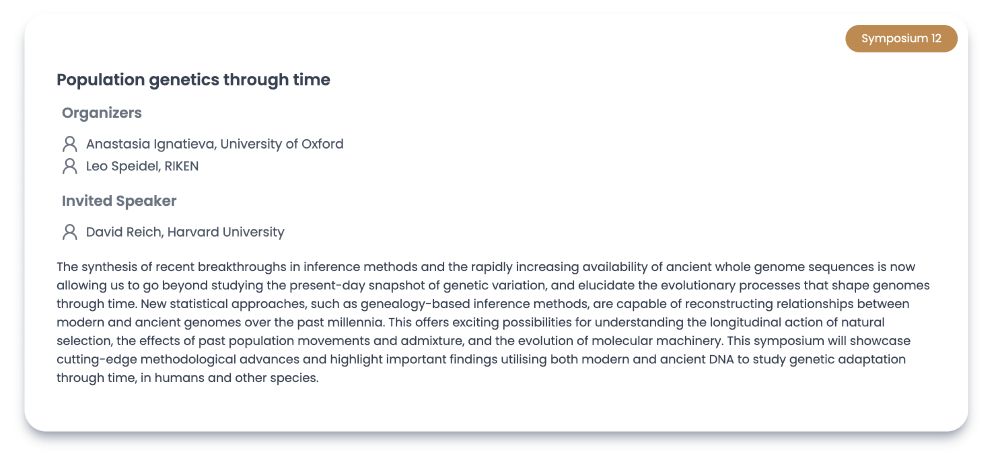Ana Ignatieva
@anaignatieva.bsky.social
170 followers
210 following
10 posts
Associate Professor of Statistical Genomics (Oxford Stats)
https://www.stats.ox.ac.uk/~ignatiev/
Posts
Media
Videos
Starter Packs
Reposted by Ana Ignatieva
Reposted by Ana Ignatieva
Reposted by Ana Ignatieva
Reposted by Ana Ignatieva
Arun Durvasula
@arundurvasula.bsky.social
· Jun 11

Not Just $N_e$ $N_e$-more: New Applications for SMC from Ecology to Phylogenies
Genomes contain the mutational footprint of an organism's evolutionary history, shaped by diverse forces including ecological factors, selective pressures, and life history traits. The sequentially Ma...
arxiv.org
Reposted by Ana Ignatieva
Reposted by Ana Ignatieva
Reposted by Ana Ignatieva
Arun Durvasula
@arundurvasula.bsky.social
· Feb 17

Insufficient evidence for a severe bottleneck in humans during the Early to Middle Pleistocene transition
Abstract. A recently proposed model suggests a severe bottleneck in the panmictic ancestral population of modern humans during the Early to Middle Pleistoc
academic.oup.com
Reposted by Ana Ignatieva
Arun Durvasula
@arundurvasula.bsky.social
· Feb 17
Reposted by Ana Ignatieva
Reposted by Ana Ignatieva
Reposted by Ana Ignatieva
Reposted by Ana Ignatieva











